Creating a landscaped space with local indigenous plants is a great way to garden sustainably and incorporate plants that will thrive in our local environment. Three garden experts share tips and tricks to garden like a pro.
Like a pro
Our three experts on why indigenous gardening is the way to go:
Glenice Ebedes of Grounded Landscaping: “South Africa’s rich diversity of indigenous plant life can hold its own in any landscape design.”
Craig de Necker, managing director of The Friendly Plant: “Local gardeners can pick from a wealth of indigenous flora.”
Herve Truniger, national sales manager of Easigrass South Africa: “Water-wise indigenous planting remains hot on the radar.”
Classic proportions
According to Ebedes, “Formal gardens are characterised by geometric patterns, and features clipped hedges, topiary and mass plantings of a single plant species.” While these garden designs are synonymous with exotic species, indigenous varieties are equally effective.
Protect your hedge funds with these top options: Buddleja saligna (False olive), Carissa macrocarpa (Num-num), Freylinia tropica (Honeybell bush) and Mackaya bella (Forest bells).
Did you know? “Many indigenous trees or shrub species can be trimmed from a young age to encourage a dense and compact form,” says Ebedes.
Make a mass statement with these proven winners: Agapanthus praecox (Agapanthus), Asparagus densiflorus (Asparagus fern) and Tulbaghia violacea (Wild garlic).
TOP TIP: Even formal garden designs need structured colour. Swaths of Dietes grandiflora (Wild iris) will add interest to a formal garden design.
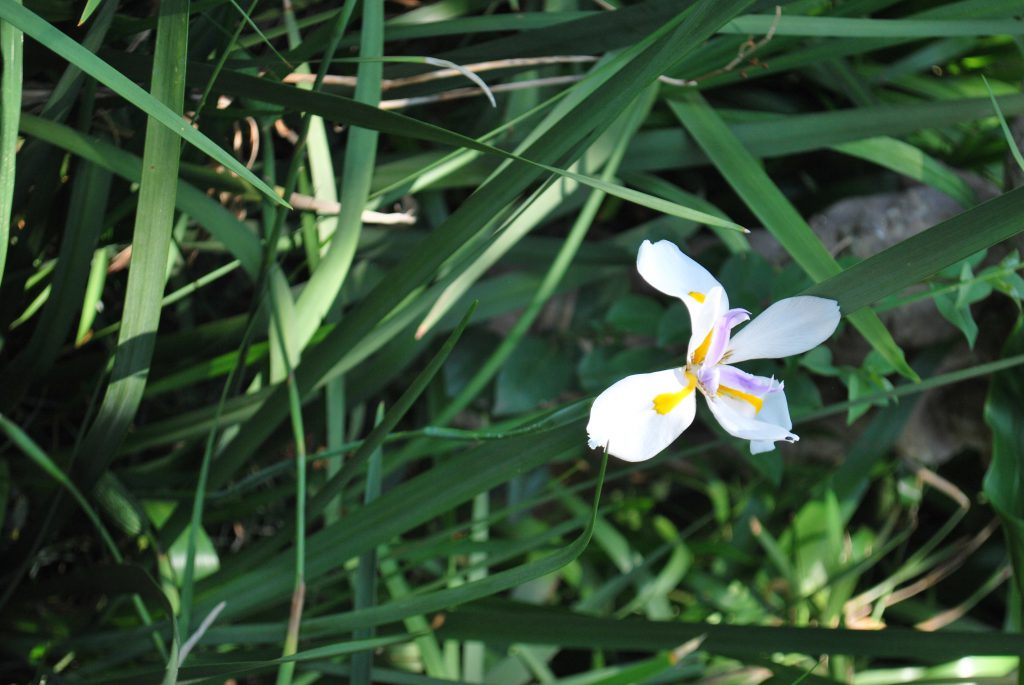
Karien Slabbert
An African grassland
De Necker says, “South Africa is home to a wealth of decorative indigenous grasses, which are ideal for creating a naturalistic look.”
Add decorative flair with these graceful grasses: Aristida junciformis (Ngongoni three-awn), Melinis repens (Natal red-top) and Eragrostis sp.
Craft a layered look: Texture and movement are the secret to any homegrown prairie-style garden. To create this look, Ebedes suggests interweaving indigenous bulbs, groundcovers and small shrubs.
TOP TIPS: Depth and dimension are key to a balanced grassland garden. Red-hot pokers (Kniphofia sp.) are ideal for adding splashes of colour.
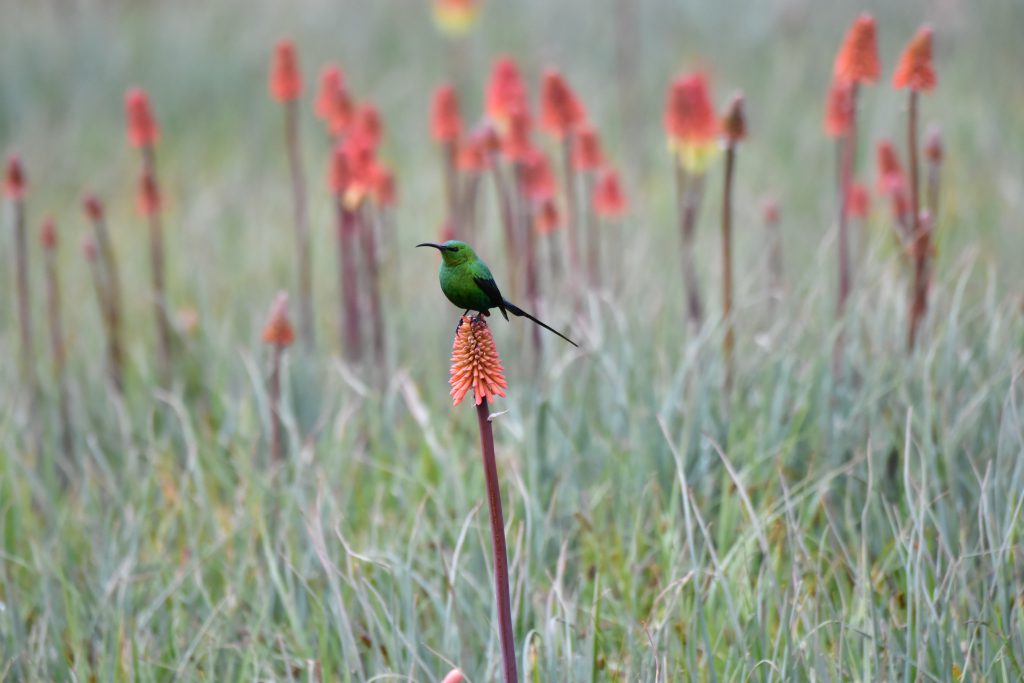
Glenice Ebedes
You can’t go wrong with introducing Osteospermum ‘Serenity Lavender Frost’. Or go for gold by adding Namaqualand daisies to the mix.
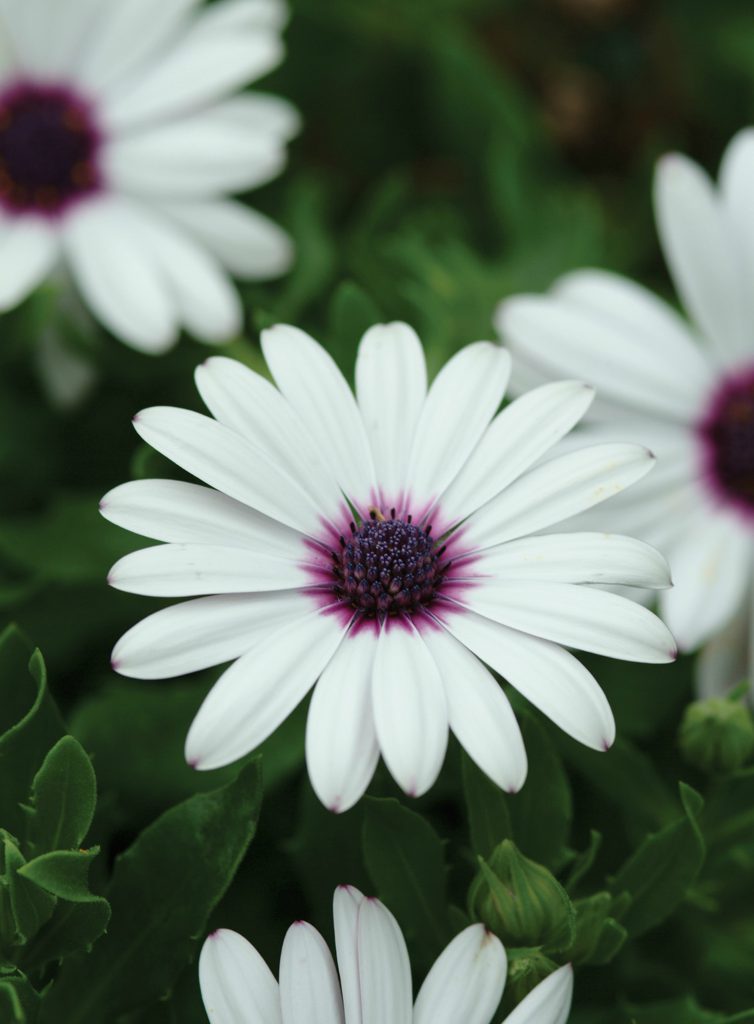
Serenity Lavender Frost – Life is a Garden
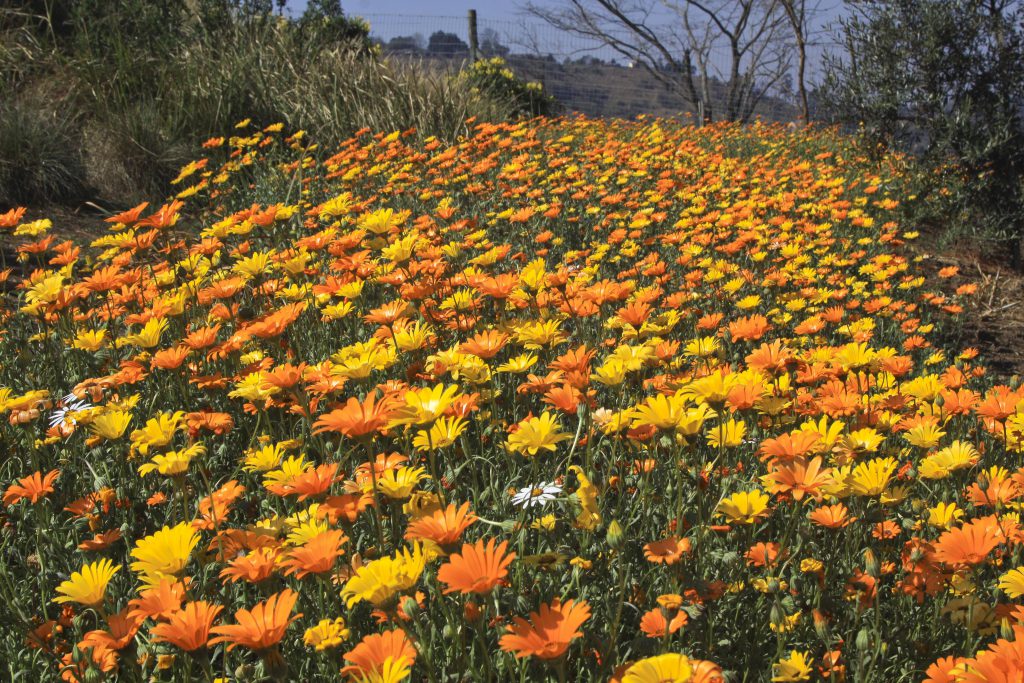
Namaqualand daisies – Life is a Garden
Tree’s company
“Shade gardens boast a dense canopy of trees with an understorey of shrubs and groundcovers to provide interest. The density of shade can vary depending on the selected tree species,” explains Ebedes.
Create a woodland wonderland with these indigenous options: Heteropyxis natalensis (Lavender tree), Kiggelaria africana (Wild peach), Celtis africana (White stinkwood), Combretum erythrophyllum (River bushwillow), Vachellia and Senegalia spp. (formerly Acacia)
Did you know? South Africa has a vast selection of indigenous trees. The choice will depend on the space available and the climatic conditions in your area.
These bold blooms will add interest to a shady affair: Clivia miniata (Clivia), Plectranthus spp. (‘Mona Lavender’ will reward you with swaths of purple blooms), Arum lilies, Hypoestes aristate (Ribbon bush) and Salvia chamelaeagnea (African blue sage).
TOP TIPS: Clivias planted en masse always make a bold statement.
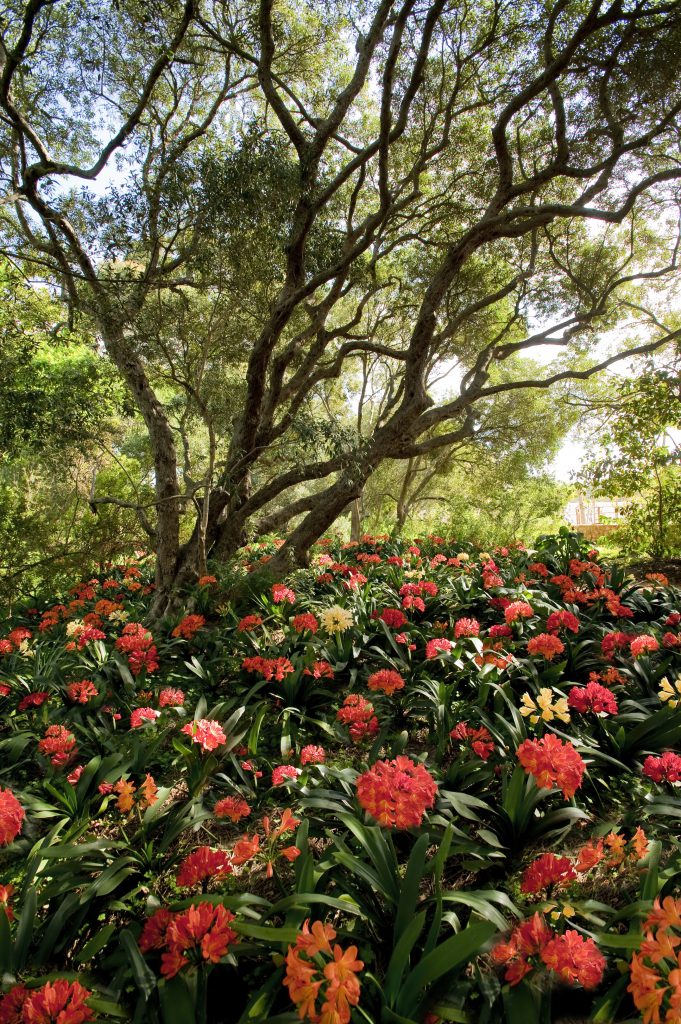
Vergelegen
If you’re pressed for time but still want a good-looking garden, introduce ribbons of agapanthus in lightly shaded spaces.
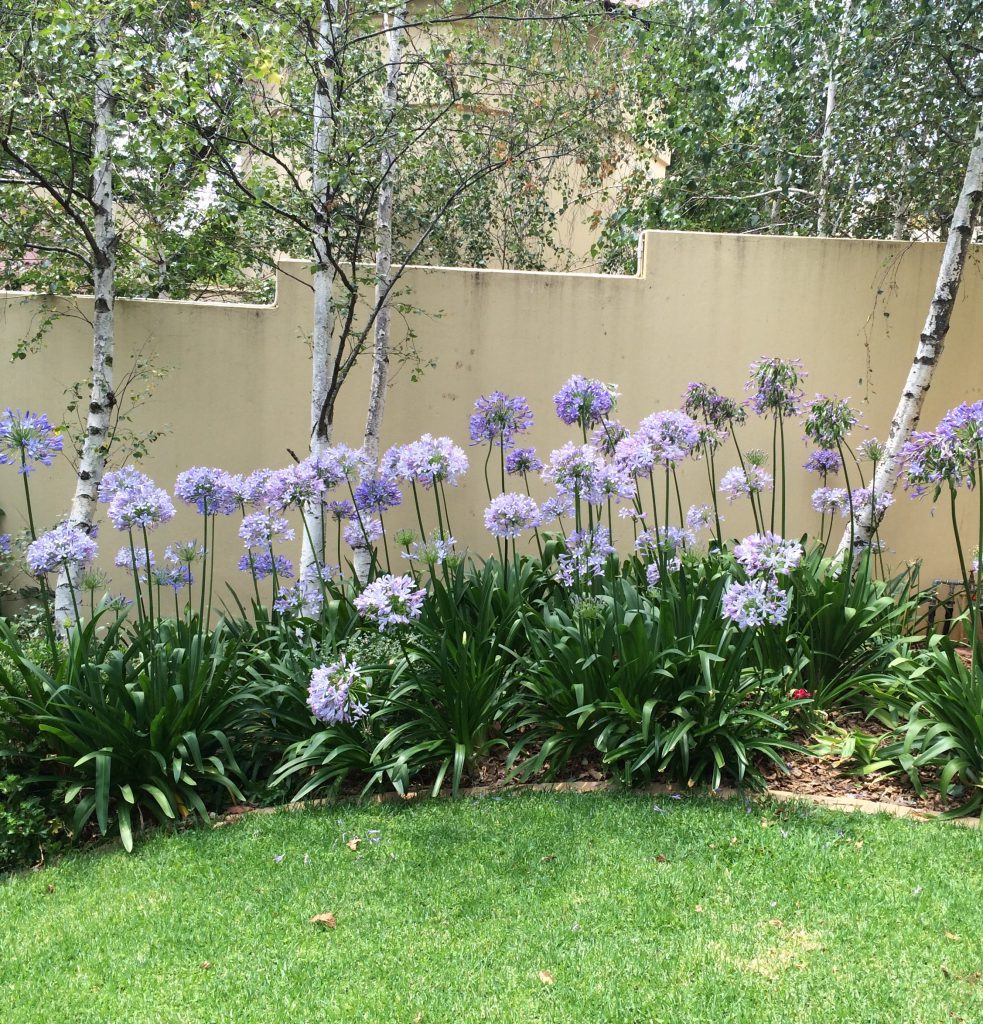
Glenice Ebedes
Succulent gardens
“Although indigenous plants are always a good option, they’re not always water-wise. Stalwarts in the water-wise department are hardy, low-maintenance aloes and succulents,” notes Truniger.
But how do you go about creating interest in your garden? According to Ebedes, “The secret is to play around with contrasting textures, shapes and colours.” Truniger suggests raising the bar by adding boulders and water-wise trees.
Play mix and match with these fleshy favourites: Aloes, Crassulas (medium to small shrubs and groundcovers), Carpobrotus edulis (Sour fig), Bulbine sp., Aptenia cordifolia and Cotyledon sp.
TOP TIP: Birds are attracted to the bright orange and red nectar-filled flowers of Aloe arborescens.
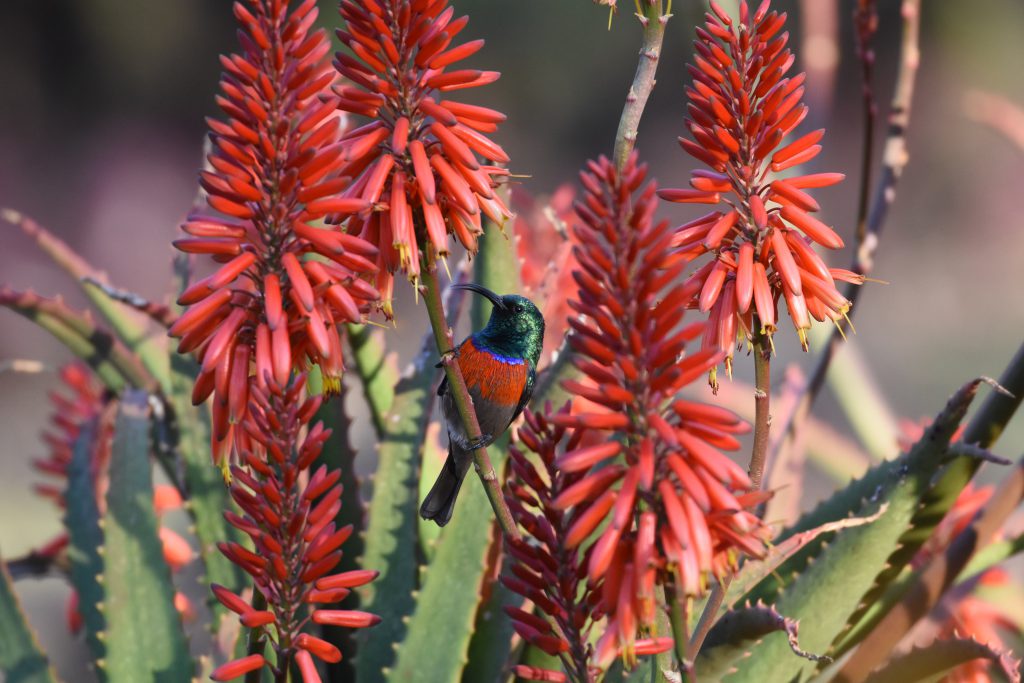
Neil Ebedes




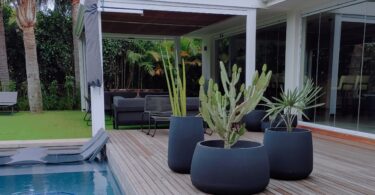
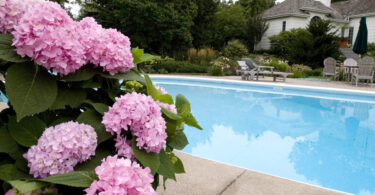
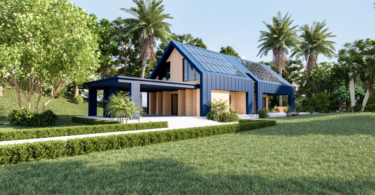
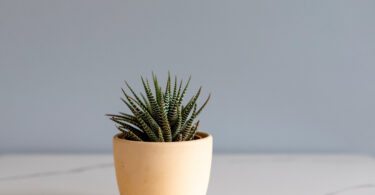
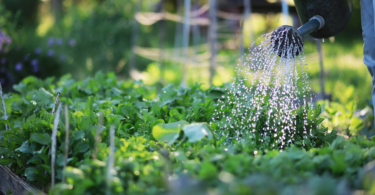
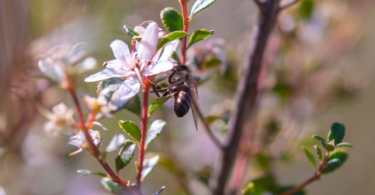
Leave a Comment